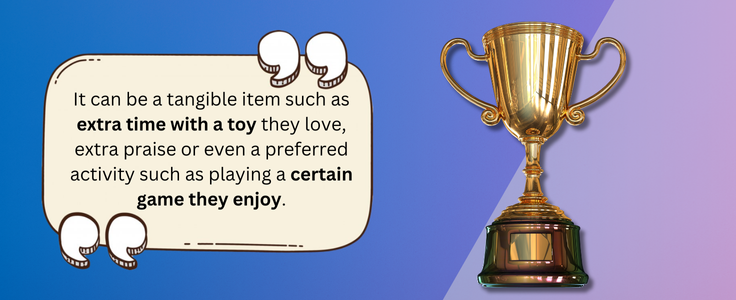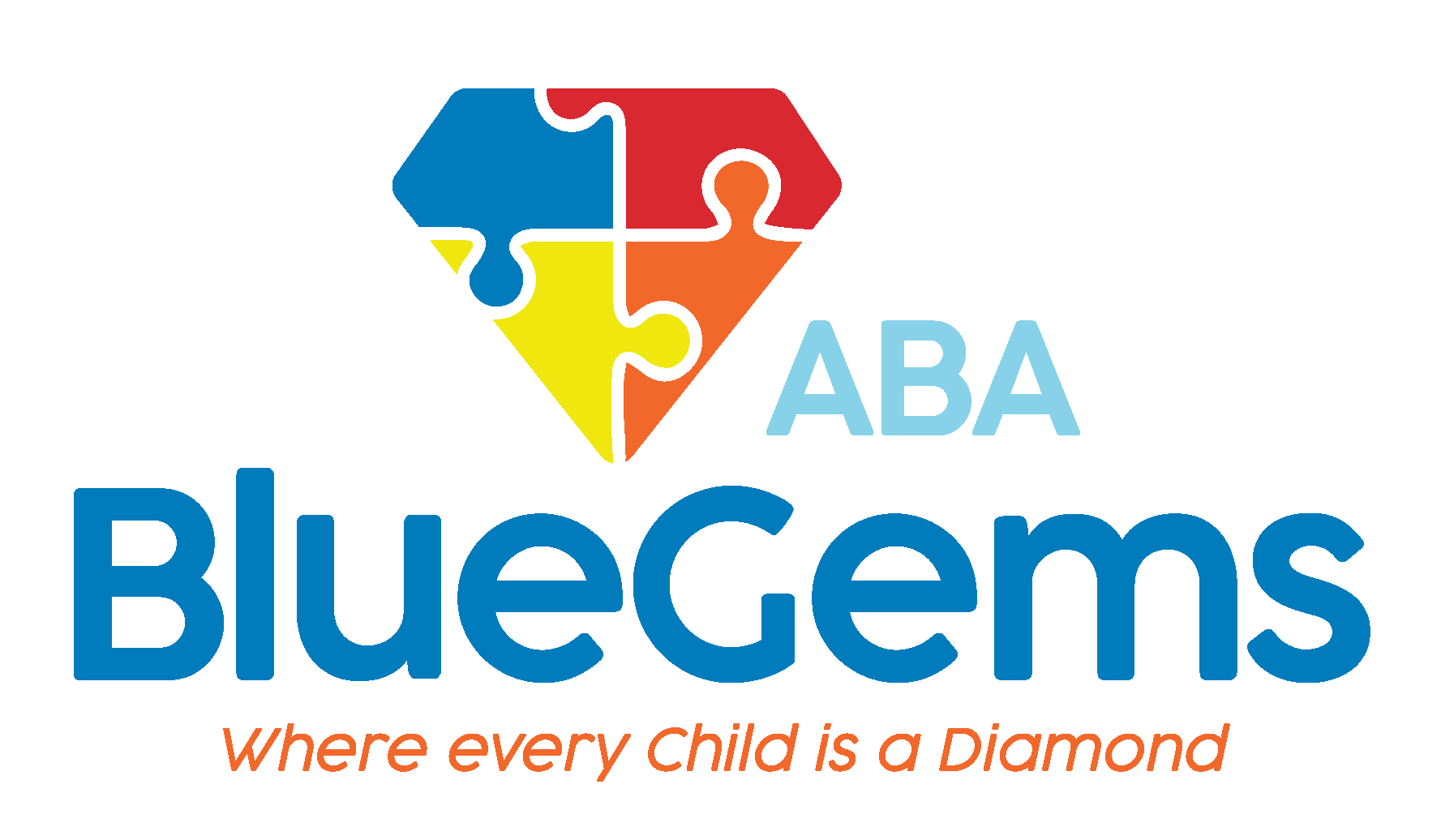Refuerzo positivo en ABA
El análisis conductual aplicado (terapia ABA) es un plan de tratamiento bien considerado para los niños con trastorno del espectro autista (TEA). La terapia ABA, basada en pruebas científicas y en los principios básicos del análisis de la conducta (AB), ayuda a los niños autistas a adquirir las habilidades sociales y de comunicación con las que suelen tener dificultades, al tiempo que modifica determinados comportamientos.
Los terapeutas disponen de muchas herramientas y estrategias para ayudar a sus pacientes de la mejor manera posible. Ésta es una de las grandes ventajas de la terapia ABA: Es flexible y adaptable a cada paciente, lo que a menudo se traduce en mejores resultados.
Dicho esto, todas las herramientas y estrategias se basan en los principios básicos de la terapia ABA. Uno de esos principios básicos es el uso del refuerzo positivo.
Recompensar a los niños por aprender nuevas habilidades y mostrar los comportamientos deseados ayuda a motivarlos para que sigan aprendiendo, desarrollando aún más habilidades y mostrando esos comportamientos a largo plazo.
A continuación, veremos por qué es tan importante el refuerzo positivo en la terapia ABA y cómo puede utilizarse.
Más información sobre las técnicas ABA
Índice
¿Por qué es importante el refuerzo positivo en la terapia ABA?
El refuerzo positivo desempeña un papel fundamental a la hora de animar a los niños con autismo a aumentar los casos de comportamiento positivo. Esta estrategia ayuda a crear un entorno motivador y de apoyo para los niños, lo que les anima a aprender nuevas habilidades.
La motivación es una de las principales razones por las que el refuerzo positivo se integra en la terapia ABA. También contribuye a reforzar la confianza y la autoestima del niño, ayudándole a creer en sus capacidades y mejorando su imagen de sí mismo.
Desde un punto de vista técnico, el refuerzo positivo desempeña un papel fundamental a la hora de ayudar a los terapeutas a enseñar habilidades y conductas complejas dividiéndolas en pasos más pequeños y manejables, lo que constituye un concepto básico de la terapia ABA en su conjunto.

¿Qué aspecto tiene el refuerzo positivo en la terapia ABA?
El refuerzo positivo puede adoptar muchas formas diferentes en la terapia ABA. Puede ser un elemento tangible, como tiempo extra con un juguete que les encanta, elogios adicionales o incluso una actividad preferida, como jugar a un determinado juego que les gusta.
La forma que adopte el refuerzo positivo dependerá por completo de las preferencias y gustos de cada niño. Corresponde al terapeuta descubrir qué es lo que motiva a cada uno de sus pacientes, y luego incorporarlo al plan de tratamiento como fuente de refuerzo positivo.
Este es otro ejemplo de cómo la terapia ABA es tan personal, ya que cada niño con autismo es muy singular en todos los sentidos. En otras palabras, lo que puede motivar a un niño puede no tener el mismo efecto en otro.
Por eso, la forma que adopte el refuerzo positivo debe depender de las preferencias de cada paciente. El equipo de terapia ABA descubrirá estas preferencias basándose en evaluaciones exhaustivas que llevarán a cabo.
¿Cómo utiliza la terapia ABA el refuerzo positivo?
Al igual que todos los demás aspectos de la terapia ABA, el refuerzo positivo debe integrarse de forma estratégica. El objetivo definido del refuerzo positivo es ayudar a los niños con espectro autista a aprender nuevas habilidades y reducir los comportamientos desafiantes al tiempo que se promueven los positivos.
Una vez determinada la estrategia específica de refuerzo positivo, se incorporará al plan de tratamiento de terapia ABA de cada niño. Junto a esto, se determinarán las técnicas que el terapeuta utilizará cuando trabaje con el niño, así como la forma en que integrará el refuerzo positivo.
Es posible que el niño no muestre una preferencia singular, lo que significa que el terapeuta puede tener algunas recompensas diferentes que puede seleccionar para intentar motivar al niño.
Al igual que con otras partes de la terapia ABA, el terapeuta siempre hará un seguimiento de los datos durante las sesiones para analizarlos posteriormente. Estos datos se utilizan para evaluar el progreso general del niño hacia sus objetivos, y también se pueden utilizar para evaluar si las técnicas y formas de refuerzo positivo están funcionando como deberían.
Si hay que cambiar algo de alguna manera, el equipo de terapia ABA tendrá la capacidad de hacerlo, respaldado por los datos que se recogieron durante las sesiones.
Blue Gems ABA utiliza el refuerzo positivo para animar a los niños
El refuerzo positivo es una poderosa herramienta que se utiliza en toda la terapia ABA para motivar a los niños con TEA. Al igual que otros aspectos del plan de tratamiento, puede adaptarse a las preferencias de cada niño.
En Blue Gems ABANuestro equipo de profesionales lleva a cabo evaluaciones exhaustivas para identificar exactamente qué formas de refuerzo positivo funcionan mejor para cada uno de nuestros pacientes. A continuación, utilizamos esa información para crear un plan de tratamiento integral que se adapte a las preferencias, los puntos fuertes y los retos de cada niño.
Para más información Contacto hoy.




